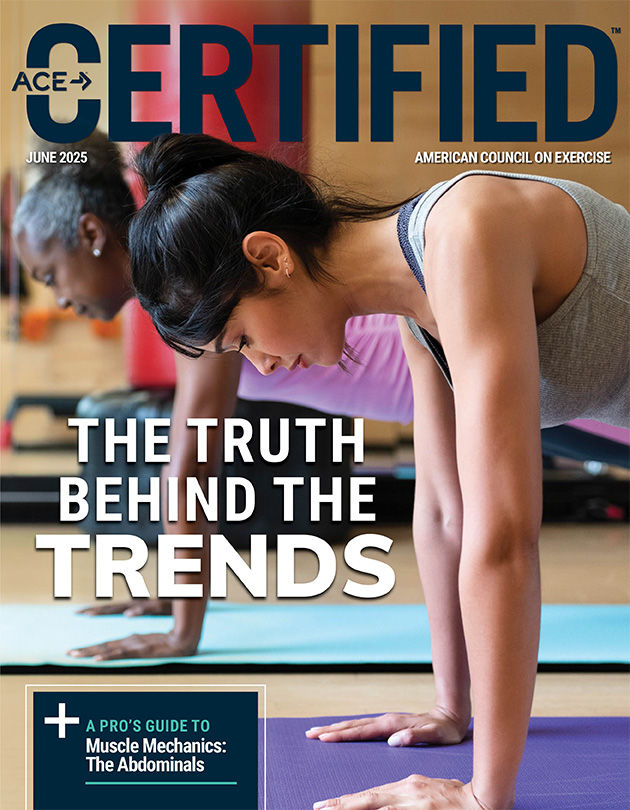
Sometimes it feels like the fitness industry is driven by trends, but the true driving forces behind exercise programming and the work you do with clients each day ought to be safety, effectiveness and, importantly, evidence. When a new trend emerges, your role as a health and exercise professional is to investigate the science and educate clients about the evidence (or lack thereof).
Here, we look at three of the most popular trends on social media in recent months, including what the evidence reveals and key takeaways from ACE experts.
Trend #1: All Women Should Be Able to Perform at Least 11 Push-ups
During a recent episode of The Mel Robbins Podcast entitled “Look, Feel, & Stay Young Forever: #1 Orthopedic Surgeon’s Protocol,” Dr. Vonda Wright stated that, “Every woman should be able to do 11 push-ups.” She went on to clarify that she’s specifically referring to the traditional version of the exercise, not the from-the-knees modification.
According to Spotify, The Mel Robbins Podcast is “the #1 podcast on the globe,” which means countless women around the world likely dropped to the floor to test their abilities when they heard this guideline. But this quote spurs a couple of very important questions. First, where does the strangely specific number 11 come from? And how can any strength guideline be applicable to “all women.”
What the Research Reveals
This statement appears to be based on a study published in the Journal of the American Medical Association in 2019, entitled—and I think you’ll quickly see some major issues here!—Association Between Push-up Exercise Capacity and Future Cardiovascular Events Among Active Adult Men. In the Discussion section of the paper, the researchers explain that push-up capacity was inversely associated with 10-year risk of cardiovascular disease (CVD) events. In other words, participants able to perform 11 or more push-ups at baseline had a significantly reduced risk of CVD events within 10 years compared to those who could perform 10 or fewer push-ups.
While the researchers are correct in explaining that push-up capacity is a simple, no-cost measure that may be used to estimate functional status, the study was done not only with men, but a very specific subgroup of “active, middle-aged men.” Assuming those results can be expanded to include “all women” is a pretty dramatic leap.
Now, it’s important to acknowledge that the underlying concept behind the “all women should be able to perform 11 push-ups” statement is based in fact. According to research investigating the association between muscular strength and mortality, “Muscular strength is inversely associated with mortality risk in various acute and chronic conditions.” In other words, the stronger a person is, the less likely they are to die of certain conditions.
Dr. Wright is correct in asserting that women of all ages and abilities should seek to become stronger, but emphasizing push-ups specifically as the key to reducing CVD risk is problematic. After all, this is a matter of correlation, not causation, meaning that there is a correlation between the ability to perform 11 push-ups and better cardiovascular health, not that better push-up performance causes that improvement in health.
Stated differently, there’s nothing magical or unique about the ability to do push-ups. Based on what we know from other research studies, the decrease in CVD risk likely comes from the fact that a person with that level of muscular strength has typically lived the type of active and healthy lifestyle that leads to improved cardiovascular function and, ultimately, a longer lifespan and healthspan.
Rather than motivating some women, performing 11 push-ups may feel overwhelming and become a barrier to participation in physical activity. They may feel like they’re not “good enough” if that relatively high entry point is considered the baseline. If a female client ever expresses concern about not being able to do 11 push-ups, remind them that the initial strength test to become a U.S. Marine for females is to be able to do 15 push-ups—and that’s for fit, young women seeking to become Marines!
What ACE Experts Have to Say

Lauren Shroyer, MS, ATC, is the Vice President of Product and Innovation at the American Council on Exercise.
“This trend comes from the attempt to quantify strength goals for longevity. While admirable, there isn’t anything in the research that indicates that the ability to do 11 push-ups is magical or unique. Because human physiology is complex, individual studies will often indicate correlation. It is the sum of these correlations that help us better infer causation. In this case, studies across the board indicate that greater strength, anywhere in the body, is correlated to decreased risk of disease and increased health and longevity. Consistent exercise is the key—cardiovascular, as well as strength and mobility training—with an ongoing goal to improve from your individual baseline.”
Trend #2: Wearing a Weighted Vest Can Help You Burn Calories and Lose Weight
Weighted vests, while certainly not a newcomer to the fitness scene, have been a trending topic on social media in recent months, with influencers touting their health and fitness benefits. The most common claim has been a promise of “more calories burned” during your usual workouts. And yes, weighted vests do lead to additional calories being expended (more on this below), but many posts offer claims of quick and easy weight loss—and what’s going to draw more eyes and interest than that?
Another common claim centers on wearing a weighted vest while simply living your life. Popular clips show people wearing vests while cooking dinner, vacuuming and even standing still at a standing desk at work. Is it possible that adding some external weight in the form of a weighted vest and then simply going about your usual day is the key to losing weight?
You know the old saying: If it sounds too good to be true, it probably is.
What the Research Reveals
This is a classic case of people taking something with proven benefit and then exaggerating the evidence to draw people in. ACE-sponsored research from more than a decade ago (again, weighted vests are not new to the scene) found that a vest equal to 15% of the wearer’s body weight can increase energy expenditure by 12% when walking on flat ground at 2.5 mph (the results varied depending on vest weight, speed and incline). While this sounds promising and is statistically significant, a 150-pound person burns roughly 150 calories during a brisk 30-minute walk, so adding the vest would burn only an additional 18 calories, which is not enough to make a dramatic impact on weight loss.
And, if wearing a weighted vest while walking will burn so few extra calories, it stands to reason that the benefit of wearing one while doing chores or standing still would be negligible. That said, if a client has an active job—like a landscaper, construction worker or teacher who is on their feet all day—wearing a vest while working will help them burn more calories, but, again, the impact is likely minimal since they’re already active.
A Note About Rucking
The phrase “wearing a weighted vest” is often used interchangeably with “rucking” on social media and in blogs, but rucking is a distinct activity that involves wearing a weighted backpack while walking, slow jogging, or hiking as a way to combine low- to moderate-intensity cardiorespiratory activity with muscular strength training. Rucking is a major component of military training for members of the armed forces who often hike for miles while executing a mission. Rucking enables exercisers to experience the benefits of vigorous exercise and safely challenge their bodies while minimizing the risk of injury.
To learn more about the physical and social benefits of rucking, as well as how to help clients get started, check out The Surprising Benefits of Rucking (and Why Your Clients Might Love It.
Even if the impact of wearing a weighted vest on caloric expenditure may not be as dramatic as anticipated, an unexpected and invisible benefit may be occurring. During times of weight loss, the use of a weighted vest while going about your usual day might help preserve lower extremity muscle power. By counteracting the decreased mechanical load experienced with weight loss by increasing external loads with a vest, individuals may be able to offset some changes to lean mass that typically occur when losing weight.
Another area of potential benefit centers on improving bone density, and research does show that wearing a weighted vest during exercise can improve bone density, particularly among postmenopausal women and older adults looking to prevent bone loss. While most of the research is focused on older adults and bone strengthening, we also know that there may be implications for younger individuals. Lower levels of peak bone mineral density in youth may be the most crucial factor in developing osteoporosis as an older adult. Peak bone mineral density is achieved in the late teens and early twenties and improving bone health before the age of 20 may reduce future risk of osteoporotic fractures and osteoporosis. However, for individuals who already engage in regular resistance training or high-impact exercise, the additional benefit of a weighted vest may be modest.
To sum up, while the research does support the idea that wearing a weighted vest during workouts can lead to a greater calorie burn and improvements in bone mineral density, your clients will likely not see the benefits touted on social media, especially if they are already leading healthy lifestyles. If you have a client who is interested in incorporating a weighted vest into their routine, be sure to discuss things like choosing the right weight, injury risk, and proper form and progression.
What ACE Experts Have to Say

Chris Gagliardi, MS, is the Scientific Education Content Manager at the American Council on Exercise
“If using a weighted vest increases caloric expenditure at all, adds variety, and can be used in a way that is safe and effective while not causing pain, then it can be a great addition to a physically active lifestyle. Consider also the accumulated caloric expenditure. Maybe a client will be burning 18 more calories per workout, for example, but if they do that same workout five times per week or increase the duration or intensity in other ways, those extra calories will start to add up to a value that may feel more significant.
Another consideration involves using weighted vests to increase exercise intensity. The use of a weighted vest can be another program design variable for increasing the intensity of treadmill walking, and it can also be used to comfortably increase the load of body-weight exercises such as push-ups, pull-ups, dips and squats. A weighted vest can be a great way to increase the external load for body-weight exercises.”
Trend #3: Building Grip Strength by Hanging From a Bar Can Increase Longevity
Peter Attia, MD, is a popular podcaster and author who focuses on helping people optimize their lifespan and healthspan. In a blog entitled Avoiding Injury Part II: Grip Strength, he writes: “Not enough can be said about the importance of grip strength as you age. It’s one of the strongest physical associations with longer life.” In Episode 329 of his podcast The Drive, Dr. Attia says, “A strong grip is sort of a way to test very strong, very stable control through the upper extremity.” He goes on to say, “When your grip strength goes, your quality of life absolutely goes.” Grip strength is just a proxy for people who are strong, he says, as people don’t tend to have great grip strength without being strong overall.
The social media trend that grew from that podcast featured videos of people hanging from bars—called “dead hangs”—in the gym to build grip strength, with the belief that there is a relationship between the duration of the arm hang and longevity.
What the Research Reveals
The evidence of the correlation between hand grip strength (HGS) and quality of life as we age is abundant, including a “significant relationship” between HGS and quality of life. Researchers have found associations with brain structure and mental health, including “better cognitive functioning, higher life satisfaction, greater subjective well-being, and reduced depression and anxiety symptoms.”
Other research has focused on the relationship between HGS and depression (specifically, that reduced HGS is associated with increased depression); between HGS and all-cause, cancer and cardiovascular mortality (lower HGS correlates with increased mortality risk, though the thresholds differ by cause); and between HGS and immune system function (lower HGS correlates with reduced immune system function).
Clearly, there is a strong correlation between HGS and longevity/quality of life, which means the science underpinning the desire to increase HGS is sound. The final piece of the puzzle is the “by hanging from a bar” component. So, is hanging from a bar an effective way to build HGS?
The answer is yes, but it’s certainly not the only way to do so. As Dr. Attia explains in his podcast, exercises that involve pulling, carrying and hanging will help clients build grip strength, such as seated rows, farmer’s carries and, yes, dead hangs, respectively.
If you have clients who ask about grip strength or express interest in adding dead hangs to their routines, be sure to have a conversation about their goals and work together to incorporate a variety of exercises that will build not only grip strength, but better overall strength—which may be the real key to increasing longevity and healthspan.
What ACE Experts Have to Say

Sabrena Jo, PhD, is the Senior Director of Science and Education at the American Council on Exercise.
“Grip strength is indeed a powerful indicator of overall health and function as we age, with strong links to longevity, cognitive health, and quality of life. That said, how we train for it should be highly individualized. Dead hangs can be one effective exercise for improving grip strength, especially when integrated thoughtfully into a well-rounded fitness program. But it’s not a one-size-fits-all solution because hanging from a bar requires adequate shoulder mobility and stability. While it might seem like a simple exercise, a proper dead hang actually takes quite a bit of body awareness and shoulder control to hold the joint in an active, safe position. For some, loaded carries or pulling movements may be more appropriate. The key is tailoring the approach to the individual’s goals, needs, and current abilities to ensure long-term progress and safety.”
Final Thoughts
As a health coach or exercise professional, it’s important that you keep up with the latest trends, but the idea should be to critically analyze the evidence (or lack thereof) behind each trend, not to simply add movements or progressions to your clients’ routines based on what you’re seeing online. Your role when clients come to you asking to add something they’ve seen on TikTok or Instagram is to be an educator: research the trend, examine the evidence and then explain why you do or don’t think changing the client’s program is appropriate. And you want to empower your clients to do this type of research for themselves in the future. The fact that something is “trendy” doesn’t necessarily make it bad, but exploring the “why” behind the trend and evaluating the evidence for yourself is vital.

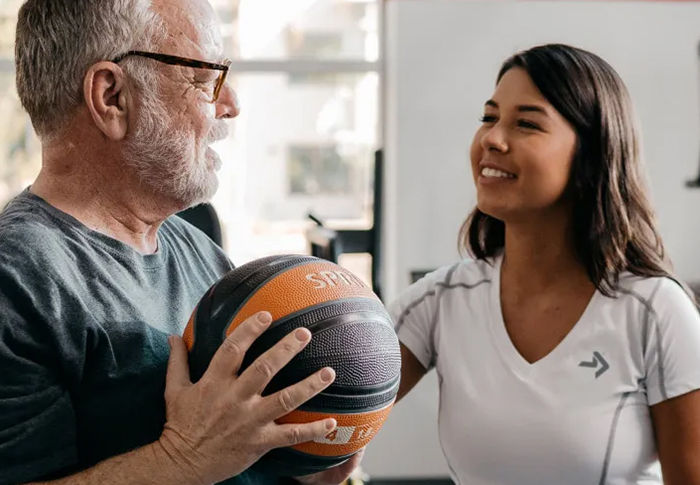
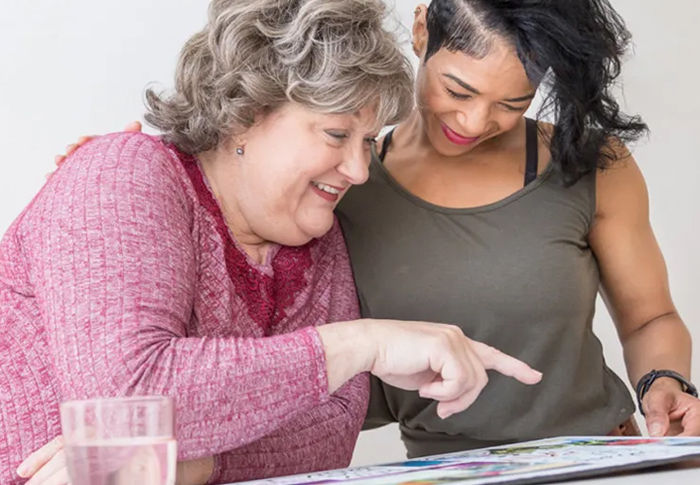
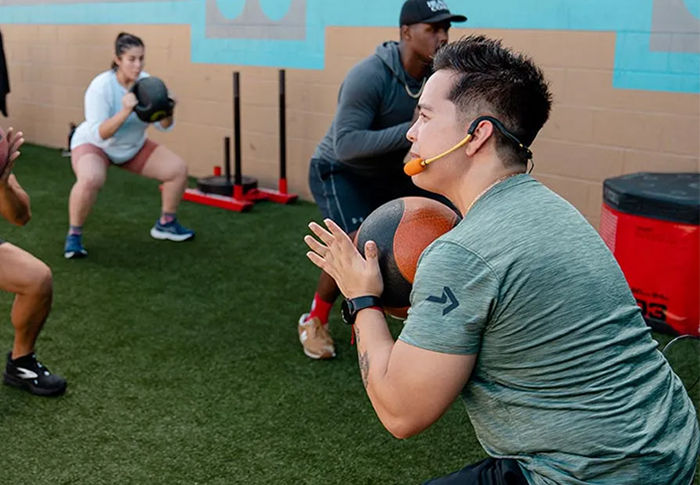
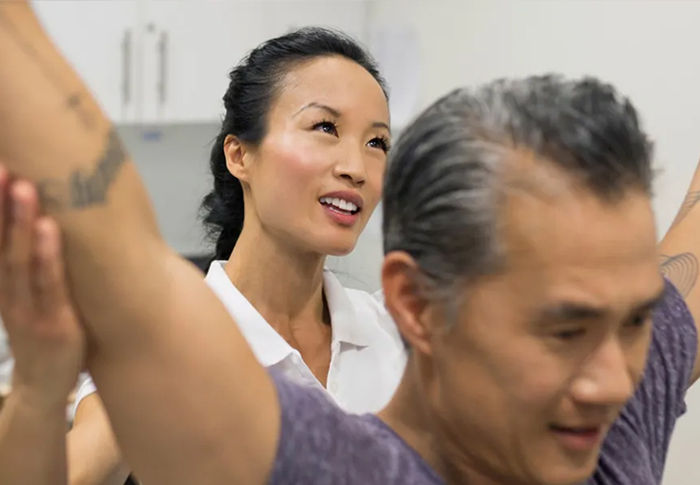
 by
by 